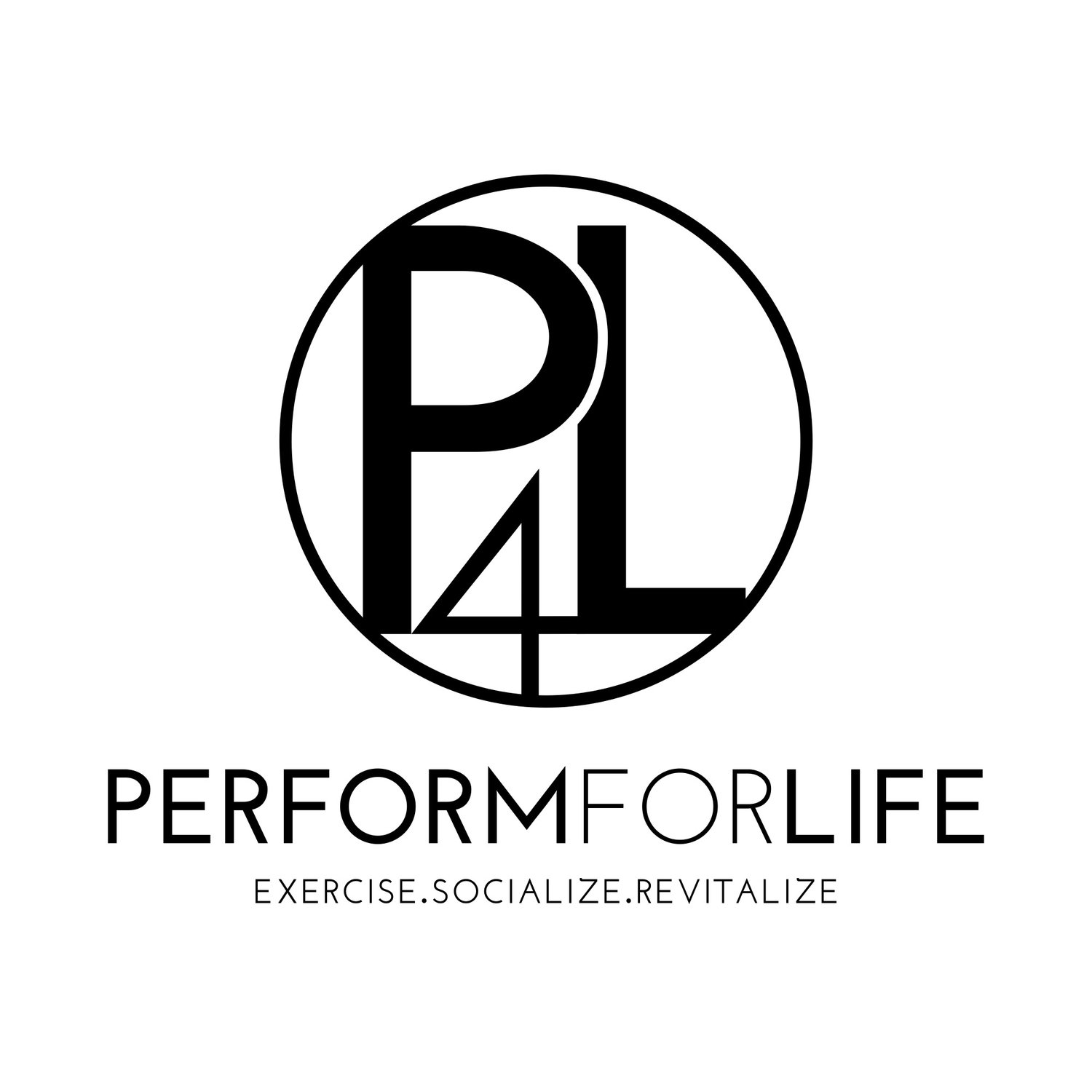Running Warm Up
A running warm-up is a crucial component of any running routine that often goes overlooked. While some may view it as an unnecessary step, a proper warm-up before running provides numerous benefits that enhance performance, reduce the risk of injury, and improve overall running experience.
One of the primary benefits of a running warm-up is the gradual increase in body temperature and improved blood circulation. By increasing core temperature, the warm-up enhances muscle elasticity and joint flexibility. This results in improved performance during the run and reduces the risk of muscle strains or tears. Moreover, the increased blood flow delivers oxygen and nutrients to the muscles, preparing them for the upcoming physical exertion. As a result, runners experience better endurance and overall performance.
Incorporating dynamic stretching exercises into a running warm-up is essential for increasing flexibility and range of motion. Movements such as leg swings, lunges, and hip circles activate and lengthen the muscles, reducing the likelihood of injury during the run. Proper stretching also helps promote optimal running form and technique, minimizing stress on joints and muscles. Neglecting to perform these dynamic stretches can lead to stiffness, muscle imbalances, and potential injuries, hindering overall running performance.
Another advantage of a running warm-up is the activation of specific muscles involved in the running motion. Exercises targeting the lower body, such as high knees, butt kicks, or skipping, activate the relevant muscle groups and improve neuromuscular coordination. By activating the correct muscles before running, it can help runners feel mentally prepared as the appropriate muscles are ready to work.
In conclusion, a running warm-up is a vital step in preparing the body for a run. It increases core temperature, improves blood circulation, and enhances muscle flexibility and joint mobility. Incorporating dynamic stretches and activating specific muscles during the warm-up reduces the risk of injuries and improves overall running performance.

